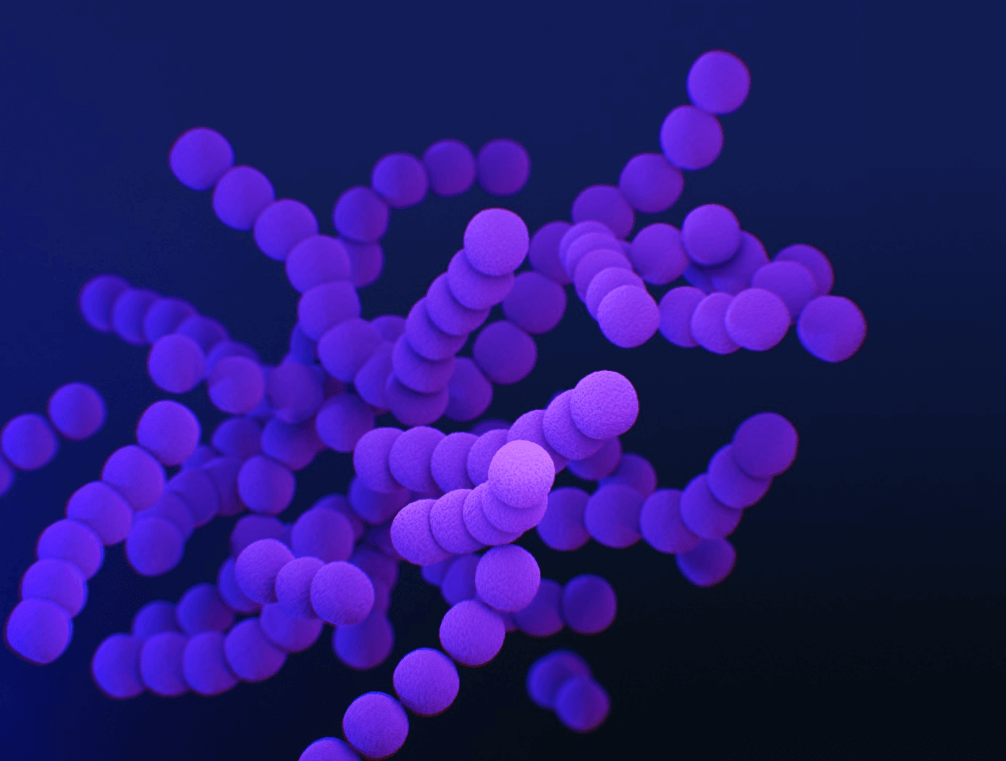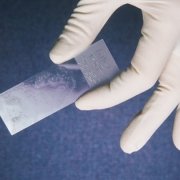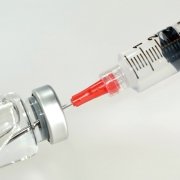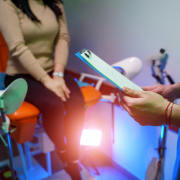HPV: The STI Most of Us Will Catch and How to Avoid It
80% of us will contract the Human Papilloma Virus.
This may shock you, but most of us will contract the Human papillomavirus (HPV) in our lifetime. Statistically, 80% of Americans will contract HPV, making it the most common sexually transmitted infection. This means more of us will contract this STI than those who do not.
There are about 130 known strains of HPV and about 40 strains that affect the genital tract. HPV causes genital warts, and persistent strains cause cervical, vaginal, anal, throat, and neck cancer. Approximately 20,000 women and 12,000 men develop cancer caused by HPV every year in the United States. Despite screening programs, 4,000 US women die from HPV related cervical cancer annually.
Who is at risk for HPV?
Anyone sexually active is at risk. The virus may stay dormant for years. Symptoms may not appear for years after you have sex with someone previously infected. It is rarely possible to know when you first became infected. You can not play the blame game with HPV.
How does HPV work?
This highly contagious virus spreads by contact during vaginal, anal, or oral sex. HPV infects cells in the cervix, vagina, anus, or back of the throat. The virus can lay dormant or become activated, leading to warts or precancerous changes.
The good news is the majority of HPV infections will resolve on their own with no treatment. The bad news is some will not and will evolve into cancer. Certain strains of HPV, like type 16 and 18, are known to be aggressively linked to cervical cancer. There is no way to know which infections will resolve and which ones will progress. Proper medical evaluation and follow up is required.
Can HPV be treated?
The HPV virus itself can not be treated, but the effects of the HPV virus can be. Genital warts are treated with topical medication or surgery. Precancerous cells in different areas of the body can be surgically removed.
How can I prevent HPV?
- Prevention is best achieved by abstinence from sexual activity or to be in a long-term, mutually monogamous relationship.
- The use of latex condoms consistently and correctly can reduce the risk of transmission. Condoms are effective in preventing fluid transmitted STIs, but also significantly reduce the risk of skin to skin transmitted infections like HPV. Water-based lubricants should be used with latex condoms to provide the most protection.
- Avoiding smoking and nicotine also reduces the risk of HPV. Smoking alters the mucosal cells in your body, making it more likely to harbor HPV and reduce the chance of spontaneous resolution of infection.
- Stay up to date with pap smears and cancer screening guidelines.
The HPV vaccine is our best tool to impact HPV
The most effective way to protect yourself from HPV infection is to get vaccinated. The HPV vaccine is FDA approved for men and women age 9–45. The Center for Disease Control recommends that the vaccine be given as early as 11 or 12. The vaccine is most effective when given prior to initiating sexual activity. It is still effective for those already sexually active as very few have already been exposed to the nine strains of HPV covered in the vaccine. The most recent recommendations extended the age from 26 to 45, but insurance coverage for those in this age group is lagging.
Help reduce the impact of HPV in our society by playing safe and getting vaccinated. We have a responsibility to protect ourselves and others.
Thank you Sexography for publishing this article on Medium.
Blog Author: Dr. Jeff Livingston












